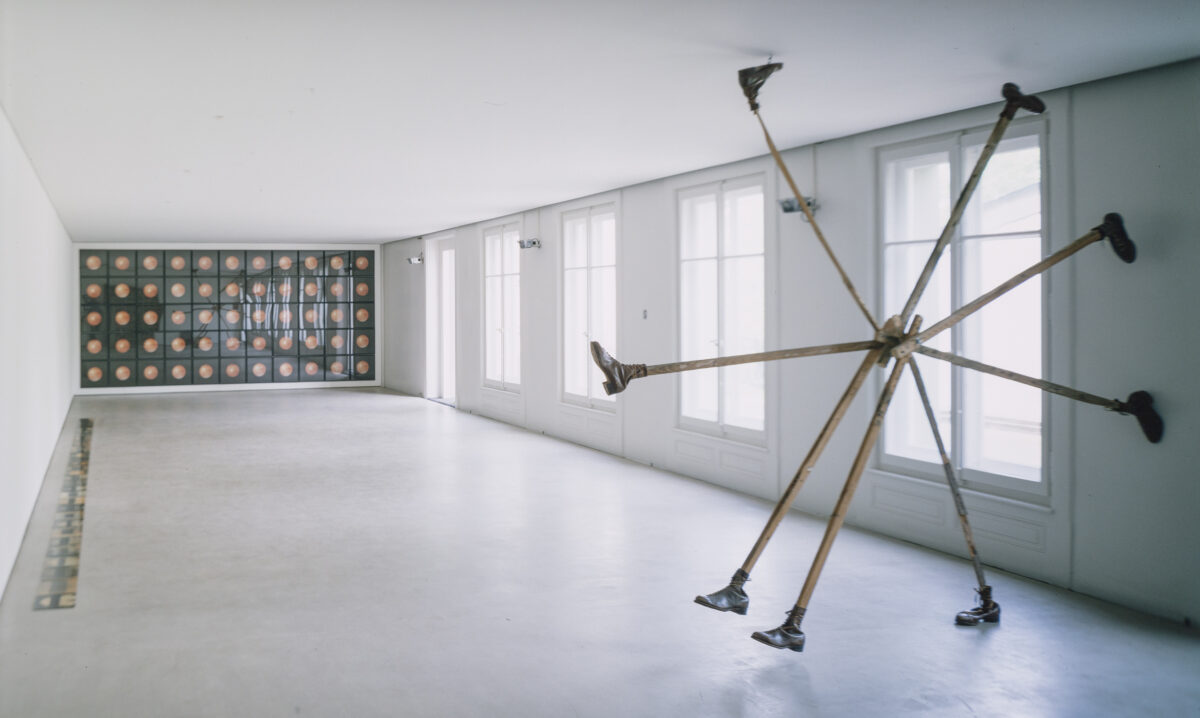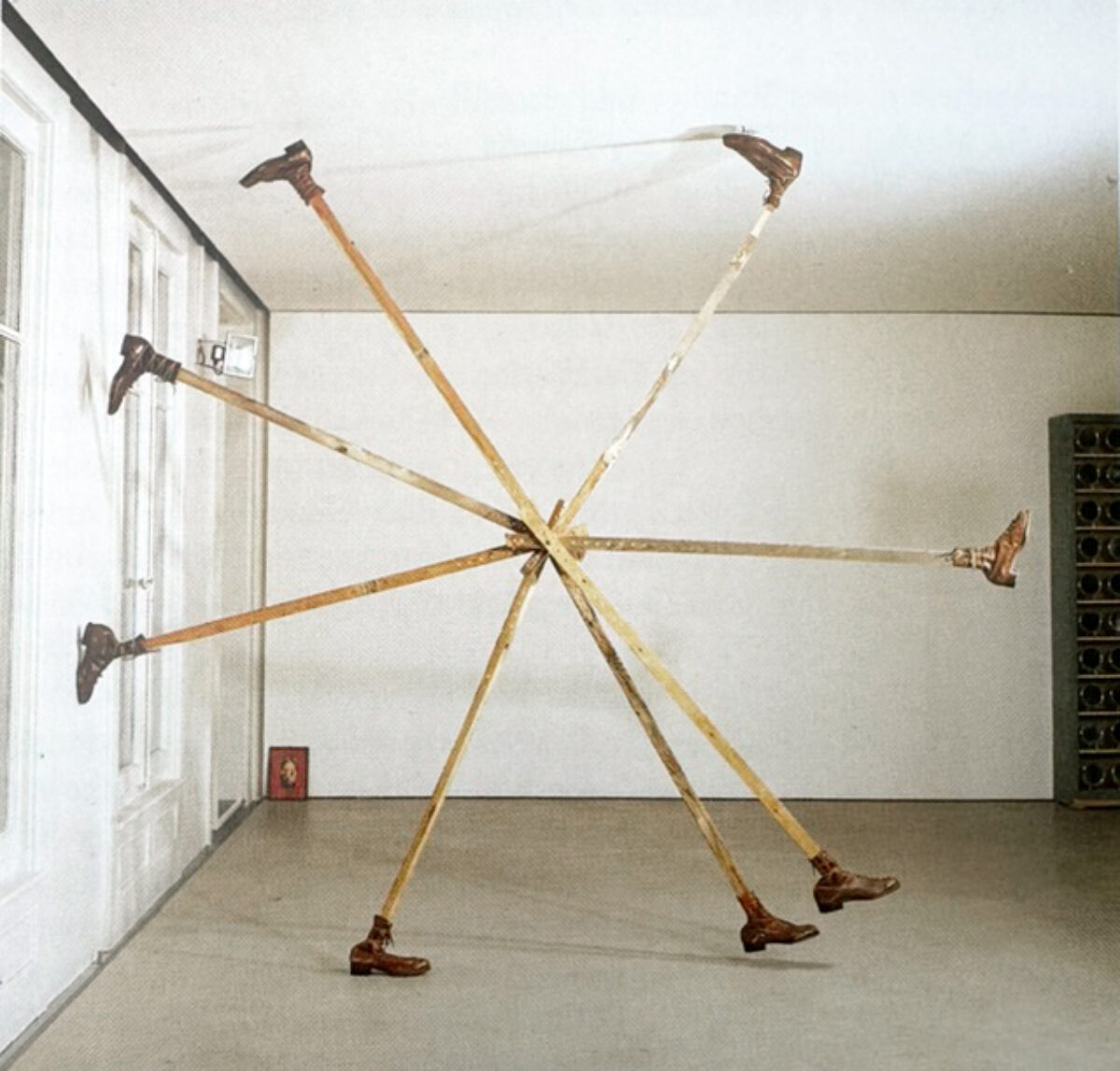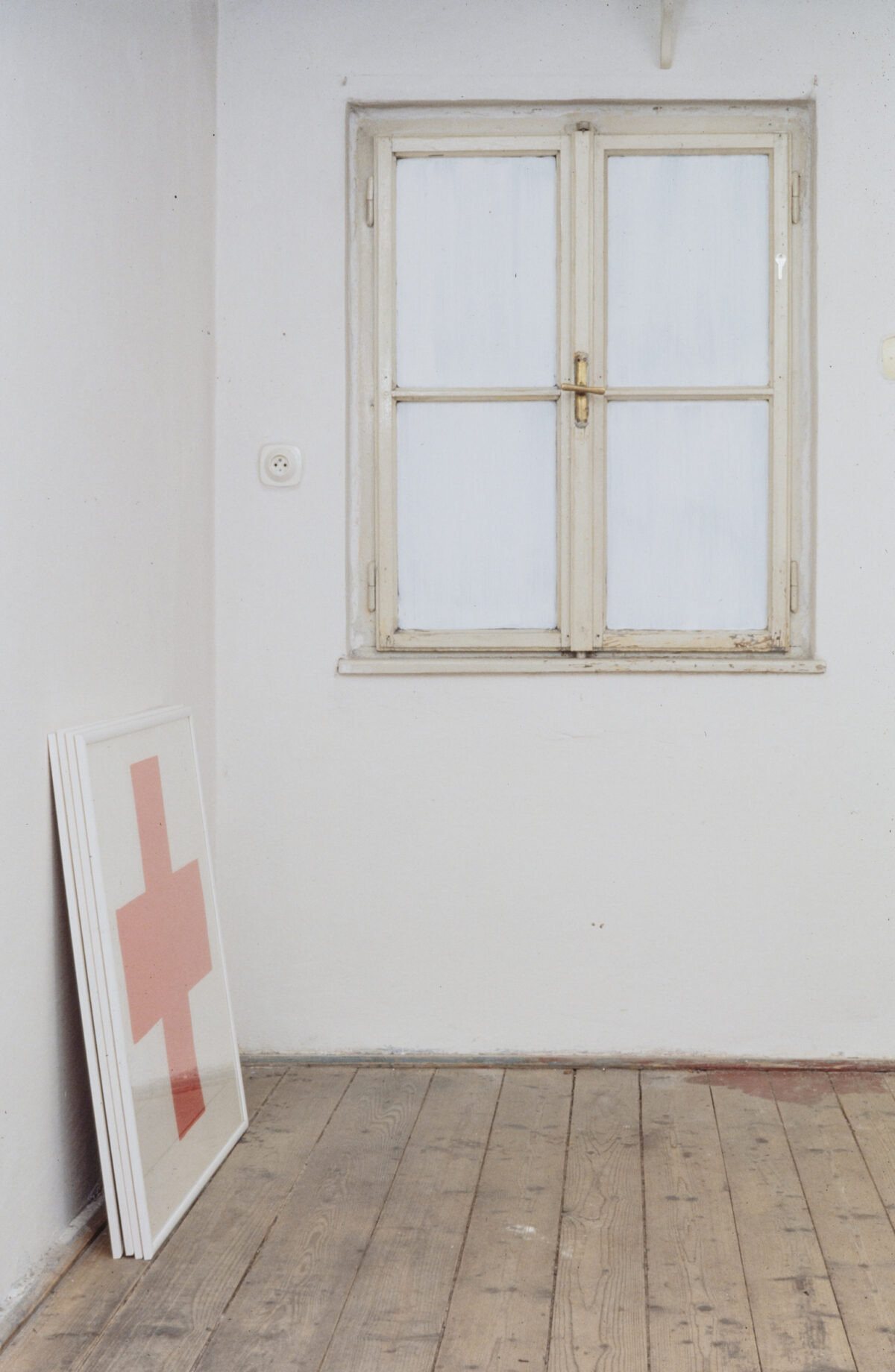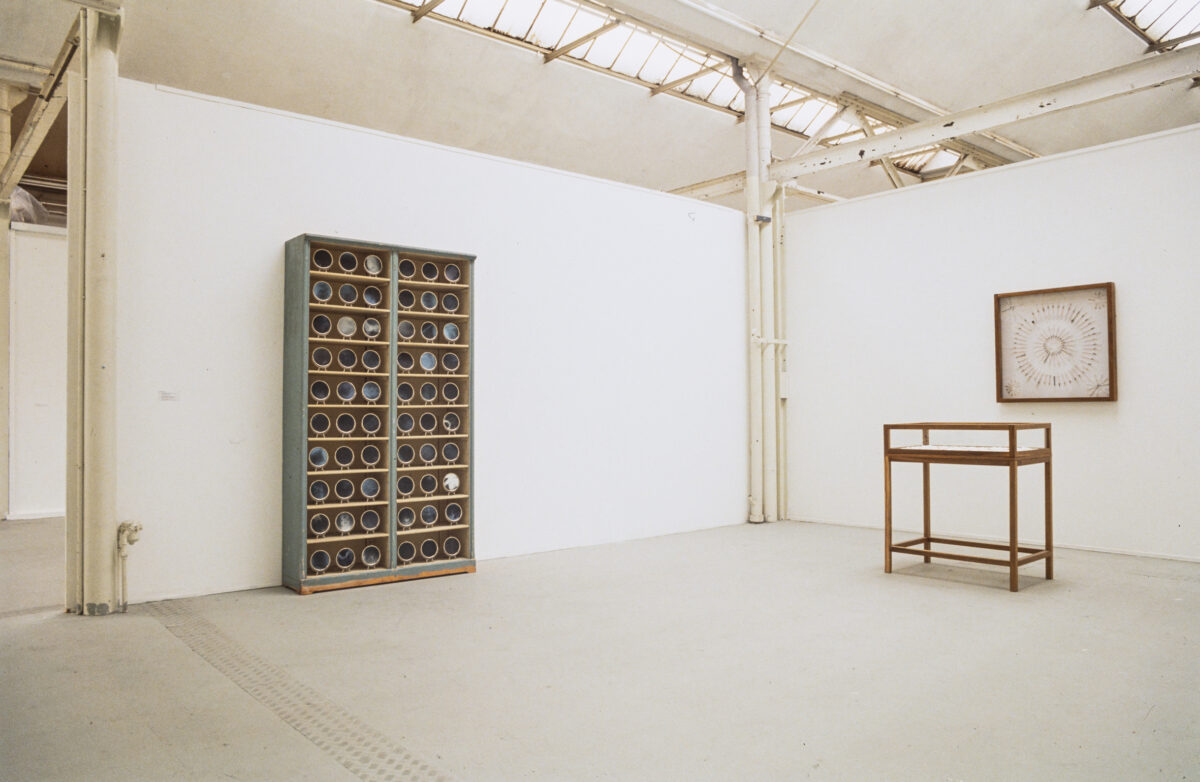Art is Illness
1990–1995
Before becoming an artist, Buxbaum studied medicine in Zurich, earning his doctorate in 1982. He later specialised in Psychiatry and Psychotherapy, completing this qualification in 1991.
“During medical school, young doctors like me are confronted with terrible fates. No young person should have to learn about the dreadful diseases that exist, or witness how severely people suffer. The reality of death in the dissection room is overwhelming. Studying medicine was a major trauma for me.”
As a consequence, Buxbaum developed hypochondriacal fears. Over time, he imagined himself suffering from more than two dozen fatal illnesses.
“I once had lymph nodes removed from my groin because I feared I had Hodgkin’s lymphoma. When I felt hot, I thought it must be laryngeal carcinoma. Back pain, of course, was always metastases from prostate cancer. Because of slight twitching in my lower leg, I went to a neurologist in St. Gallen to rule out amyotrophic lateral sclerosis – my favourite phobia!” (RB, December 2024)
During lectures, and later while working in the hospital, Buxbaum drew intensively. Drawing helped him relax, focus, and create emotional distance. In psychotherapy sessions, he also sketched and invited his patients to do the same. Eventually, he formally legitimised this approach by training as an art therapist. These methods and influences quickly became an integral part of his artistic practice. In his studio, he collected X-rays, crutches, canes, and photographs from medical books, combining them into a series of installations titled Art is Illness.
Before becoming an artist, Buxbaum studied medicine in Zurich, earning his doctorate in 1982. He later specialised in Psychiatry and Psychotherapy, completing this qualification in 1991.
“During medical school, young doctors like me are confronted with terrible fates. No young person should have to learn about the dreadful diseases that exist, or witness how severely people suffer. The reality of death in the dissection room is overwhelming. Studying medicine was a major trauma for me.”
As a consequence, Buxbaum developed hypochondriacal fears. Over time, he imagined himself suffering from more than two dozen fatal illnesses.
“I once had lymph nodes removed from my groin because I feared I had Hodgkin’s lymphoma. When I felt hot, I thought it must be laryngeal carcinoma. Back pain, of course, was always metastases from prostate cancer. Because of slight twitching in my lower leg, I went to a neurologist in St. Gallen to rule out amyotrophic lateral sclerosis – my favourite phobia!” (RB, December 2024)
During lectures, and later while working in the hospital, Buxbaum drew intensively. Drawing helped him relax, focus, and create emotional distance. In psychotherapy sessions, he also sketched and invited his patients to do the same. Eventually, he formally legitimised this approach by training as an art therapist. These methods and influences quickly became an integral part of his artistic practice. In his studio, he collected X-rays, crutches, canes, and photographs from medical books, combining them into a series of installations titled Art is Illness.





